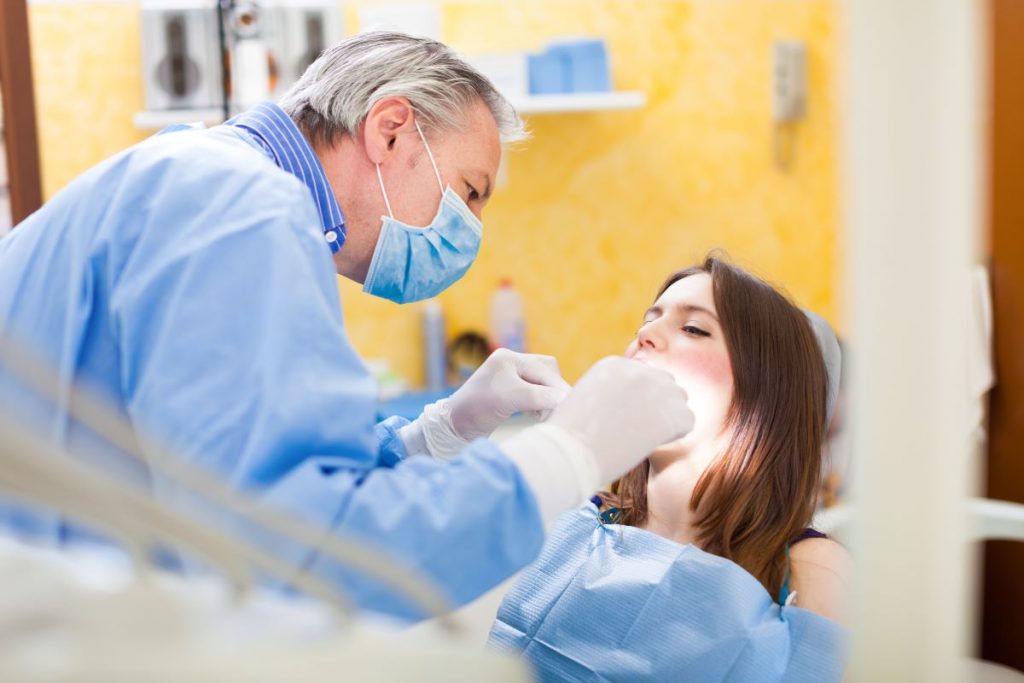Dental bonding usually refers to the application of a resin or artificial enamel to the front teeth. This is done to fill gaps and repair chips, after which the resin is sculpted. This is also called in-situ bondings or composite bonding Harley Street. When a porcelain veneer is made in a dental laboratory and affixed to the front of the tooth, this is also a form of bonding, but it has become more common to simply refer to them as ‘veneers’. The coating of a whole tooth in dental resin before sculpting, known as a situ-crown, is also technically a type of bonding.
The whole family of bonding treatments have become more widespread with the development of better dental resins, particularly the modern UV cured ‘liquid porcelain’.
Their uses include:
- repairs to thin or braised enamel, particularly at the gum line
- as a dressing layer over fillings or chips
- sculpting and reshaping teeth or closing gaps between teeth
- as a filling alternative for cavities in molars
- re-facing the tooth by applying resin to the front of the tooth before grinding and polishing it smooth
- as an alternative to a fluorine sealant, a thin layer of resin can be applied across all the teeth
- as an adhesive for crown and bridges.
The advantages of bonding agents are the reduced need to drill or braise the patient’s natural enamel, allowing the focus of the treatment to be the preservation and retention of as much of the tooth as possible. The toughness and durability of new bondings are far better than their predecessors and greater than natural enamel in acid and stain resistance, which can lead to shade divergence over time between natural enamel and the resin.
With the reduction of destructive dentistry, the use of anaesthesia and numbing can be reduced. The options to mix coloured resins in the clinic has given a great deal of control over the final shade of the set bonding to the dentist. By using automated digital colour checkers, a dental professional can achieve better results than a dental technician.
As older methods of sending requests and dental moulds to a laboratory to have porcelain components manufactured are made redundant, bondings can now be completed in a single session. This has reduced the cost both to the patient and the clinic, as well as being more convenient.
UV bonding resins are applied in thin layers and cured under UV lights, which are placed in the patient’s mouth. When fully cured, they take shaping and polishing well, and their semi-translucency makes a correctly colour matched resin surface indistinguishable from the natural enamel.

Bonded restorations are not indestructible and will need the same care as natural teeth with regular brushing and 6-month standard check-ups. They can become scuffed and scratched by abrasive toothpaste, as well as suffering damage from tooth grinding. If a patient has a history of dental grinding, a nighttime mouthguard may be needed to protect the bonding and extend the life span of the bonding, especially if they are on the upper surfaces of the molars.

